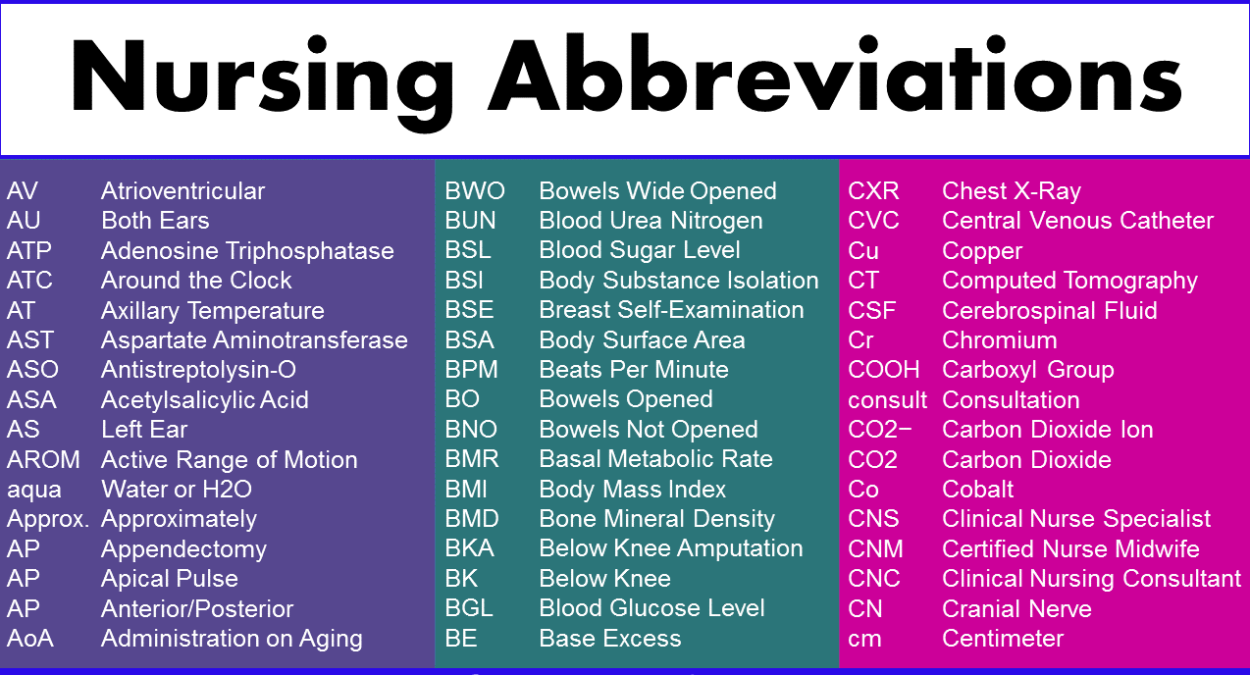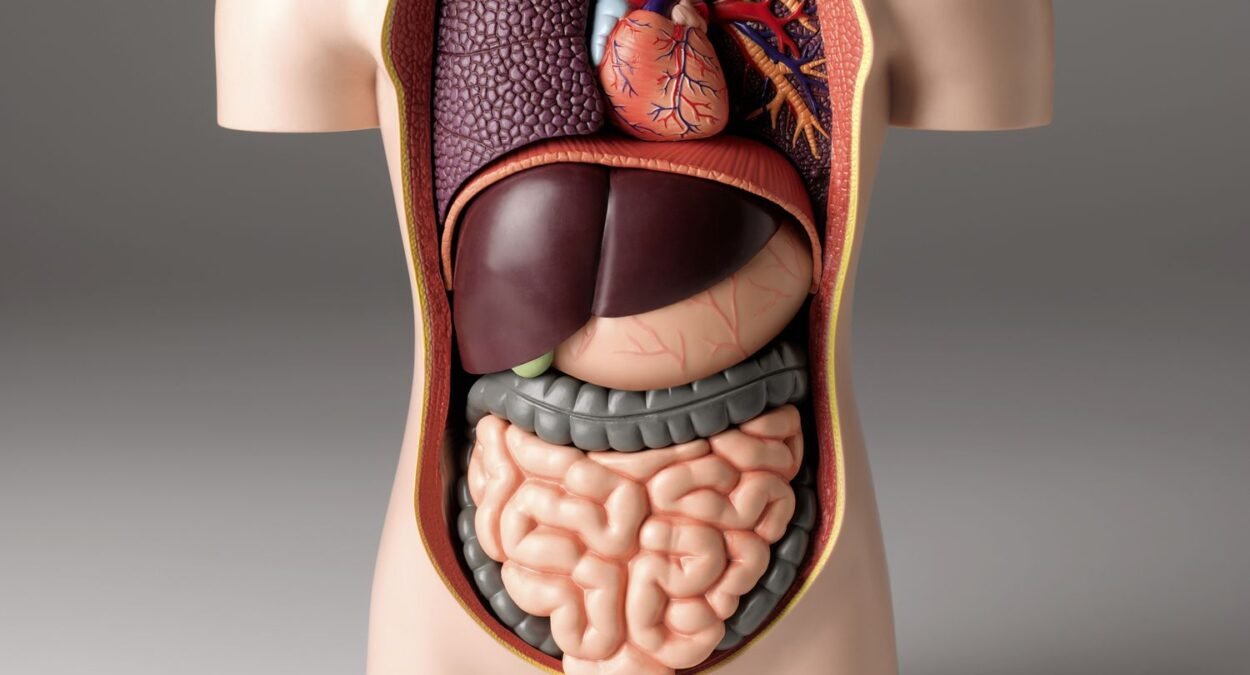Unveiling the Wonders of the Human Body: 100 Crucial Questions Answered (Part 2)
Welcome to the second part of our exploration into the intricacies of the human body. In this continuation, we will delve further into the mysteries that lie within us, providing answers to more crucial questions about our physiological makeup. So, let’s continue our journey of discovery!
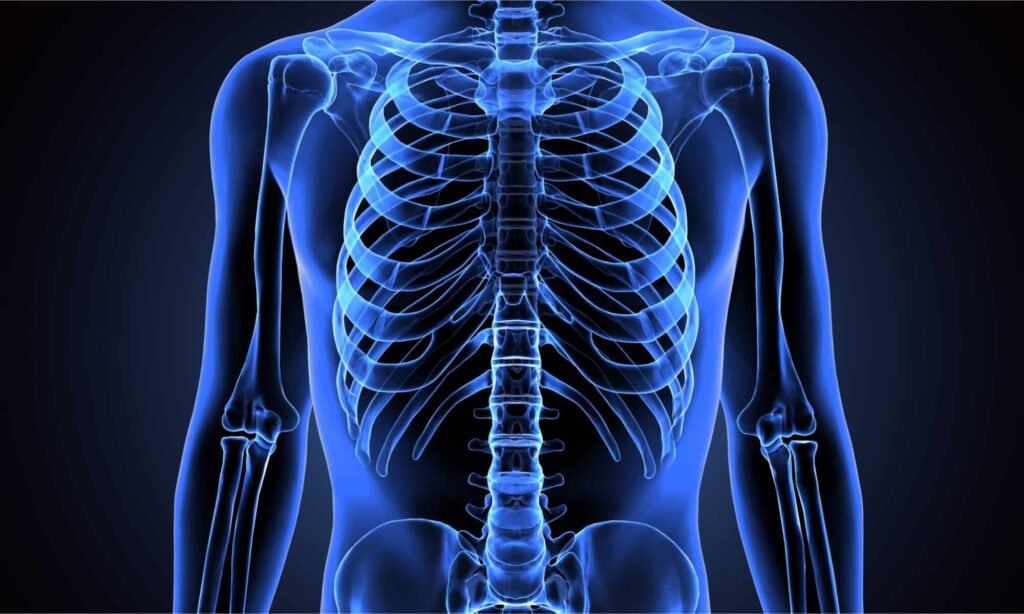
51. Which bone protects the spinal cord?
The bone that protects the spinal cord is called the vertebral column or spine. It is composed of individual bones called vertebrae, which stack on top of each other to form a protective bony canal for the spinal cord.
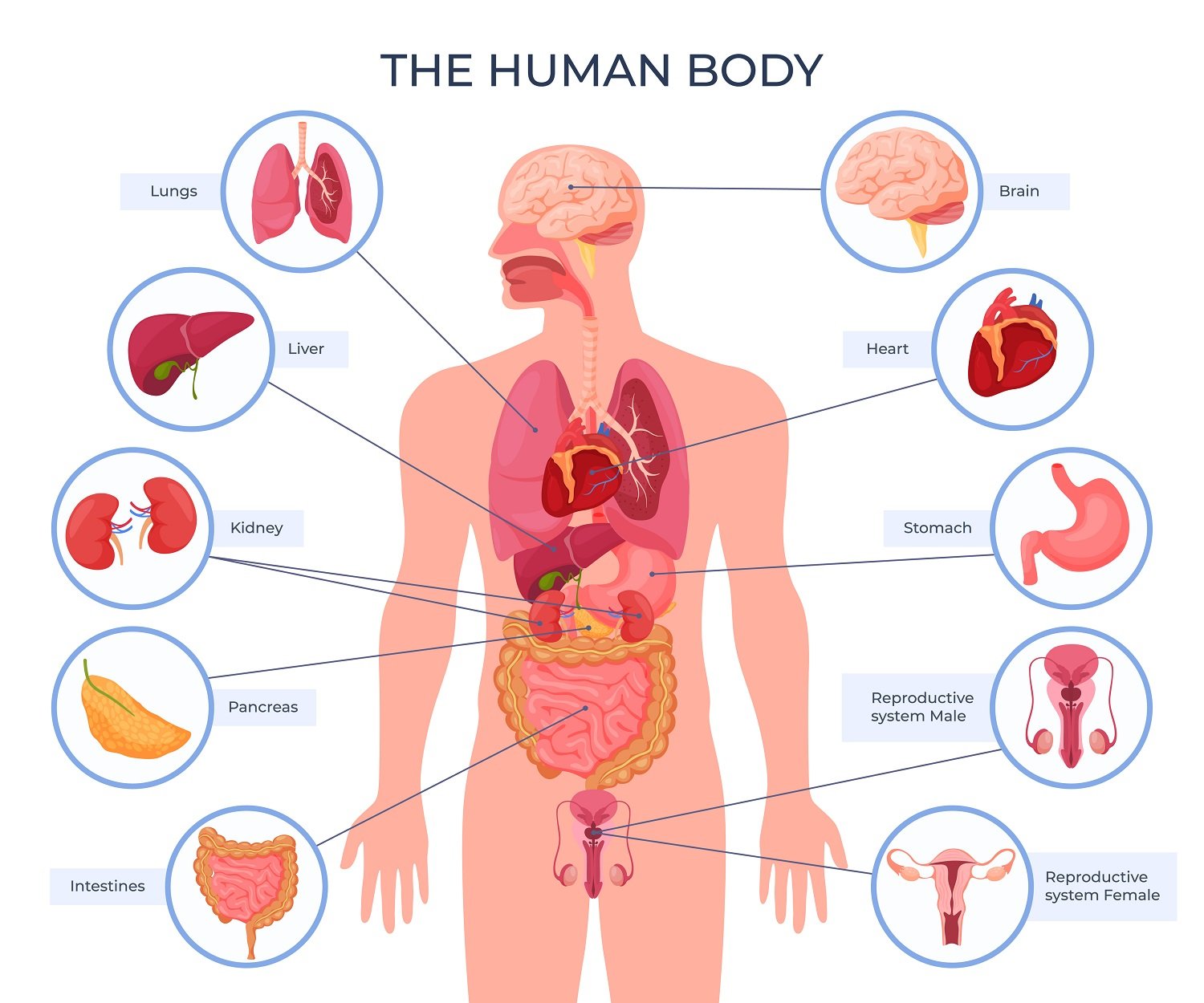
52. What is the function of the gallbladder in the digestive system?
The gallbladder plays a crucial role in the digestive system by storing and concentrating bile produced by the liver. When we consume fatty foods, the gallbladder releases bile into the small intestine to aid in the digestion and absorption of fats.
53. Where is the parathyroid gland located?
There are four parathyroid glands, and they are located on the back surface of the thyroid gland in the neck. These small glands produce and secrete parathyroid hormone, which regulates calcium and phosphate levels in the body.
54. What is the purpose of the rectum in the digestive system?
The rectum is the final portion of the large intestine, located just above the anus. Its main function is to store feces until it is eliminated from the body during defecation.
55. Which organ is responsible for producing and secreting urine?
The kidneys are responsible for producing and secreting urine. They filter waste products, excess water, and electrolytes from the blood, resulting in the formation of urine that is then excreted from the body.
56. What is the function of the hypothalamus in the endocrine system?
In the endocrine system, the hypothalamus acts as a control center. It regulates the secretion of various hormones from the pituitary gland, which in turn controls the functions of other endocrine glands in the body.
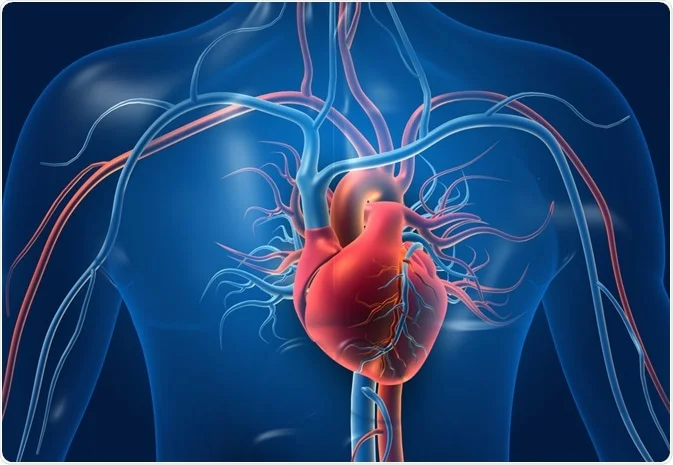
57. Where is the pineal gland located in the brain?
The pineal gland is a small endocrine gland located deep within the brain, in a region called the epithalamus. It produces the hormone melatonin, which plays a role in regulating sleep-wake cycles and other biological rhythms.
58. What is the purpose of the larynx in the respiratory system?
The larynx, also known as the voice box, is located in the throat. Its primary function is to protect the lower airway and vocal cords, as well as to produce sound for speech and vocalization.
59. Which bone forms the framework of the chest?
The bone that forms the framework of the chest is called the sternum, commonly known as the breastbone. It is a flat bone located in the middle of the chest and serves as an attachment site for the ribs.
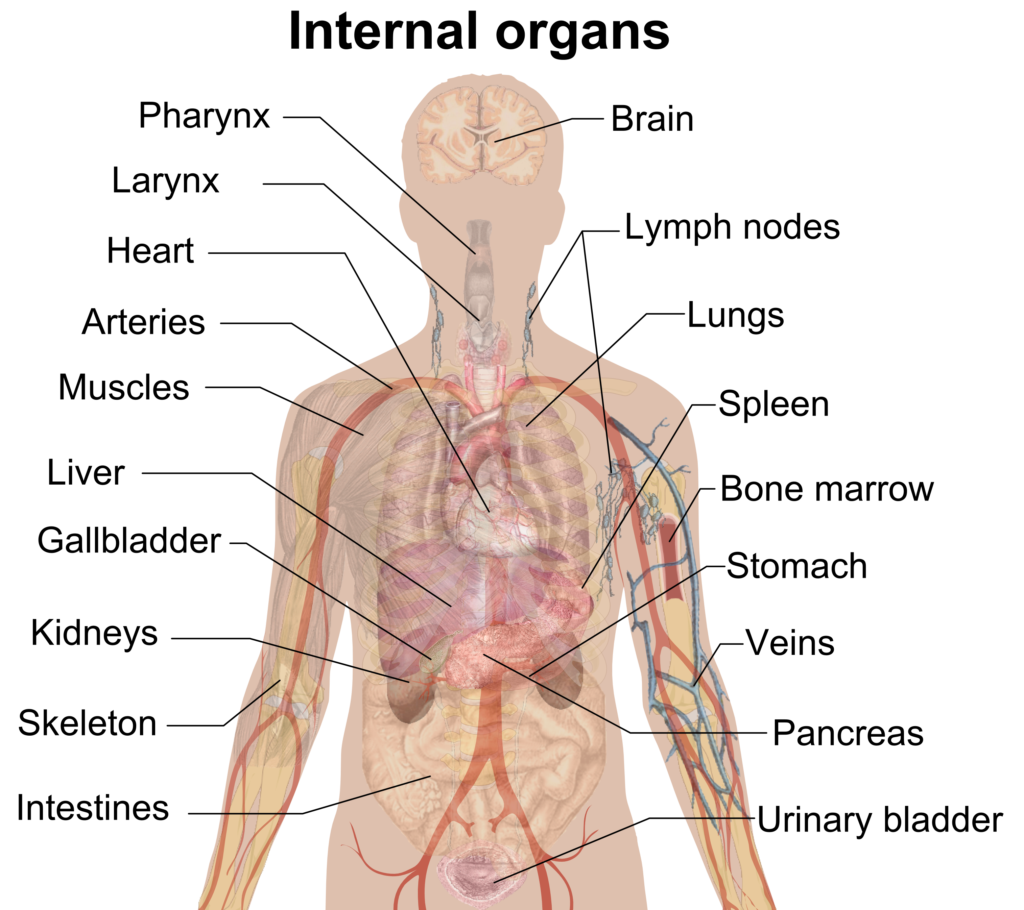
60. What is the function of the thymus gland?
The thymus gland plays a vital role in the development and maturation of certain white blood cells called T-lymphocytes, which are essential for immune function. It is particularly active during childhood and gradually shrinks in size as we age.
61. Where is the urinary bladder located in the body?
The urinary bladder is a muscular sac located in the pelvis. Its main function is to store urine produced by the kidneys until it is released from the body during urination.

62. What is the purpose of the ureters in the urinary system?
The ureters are muscular tubes that connect the kidneys to the urinary bladder. Their primary function is to transport urine from the kidneys to the bladder for temporary storage before elimination.
63. Which organ is responsible for producing and secreting bile?
The liver is responsible for producing and secreting bile. Bile is a greenish-yellow fluid that aids in the digestion and absorption of fats in the small intestine.

64. What is the function of the hypothalamus in the nervous system?
In the nervous system, the hypothalamus plays a vital role in regulating various bodily functions, including body temperature, hunger, thirst, sleep-wake cycles, and hormone production.
65. Where is the pituitary gland located in the brain?
The pituitary gland, often referred to as the “master gland,” is a small pea-sized gland located at the base of the brain, just below the hypothalamus. It secretes hormones that control the functions of other endocrine glands in the body.
66. What is the purpose of the epiglottis in the respiratory system?
The epiglottis is a flap of cartilage located at the base of the tongue, above the larynx. Its main function is to prevent food and liquids from entering the lower airway during swallowing, directing them into the esophagus instead.
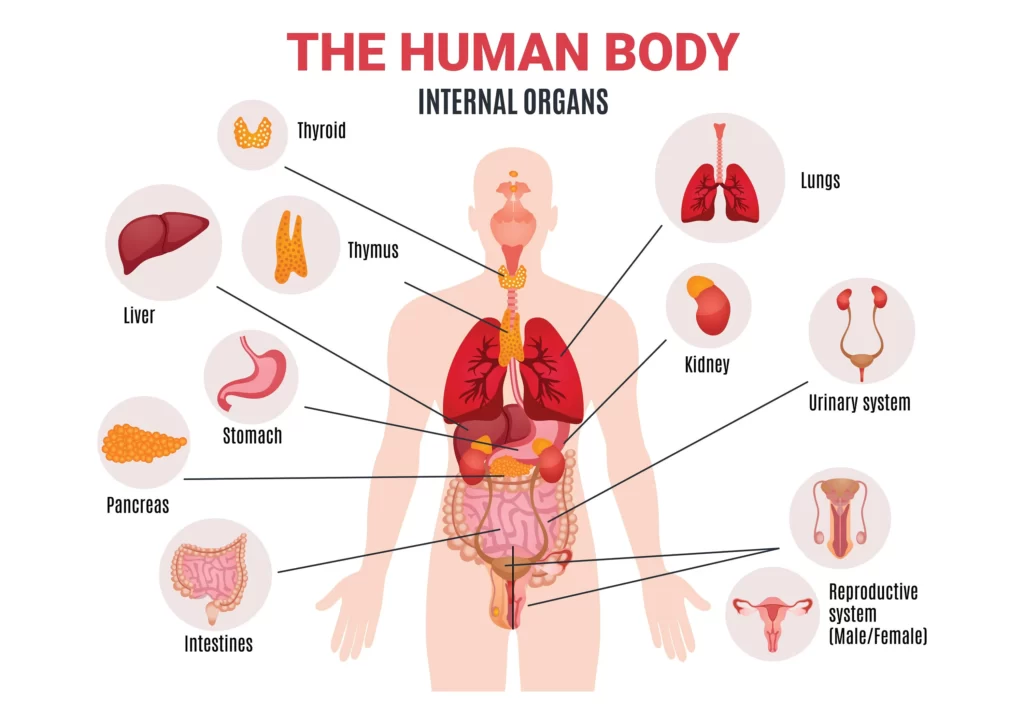
67. Which bone is commonly known as the shoulder blade?
The bone commonly known as the shoulder blade is called the scapula. It is a flat triangular bone located on the upper back and is an important attachment site for various muscles involved in shoulder movement.
68. What is the function of the parathyroid glands?
The parathyroid glands produce and secrete parathyroid hormone, which plays a vital role in regulating calcium and phosphate levels in the body. It helps to increase calcium levels when they are too low and regulate bone metabolism.
69. Where is the urethra located in the body?
The urethra is a tube-like structure that carries urine from the urinary bladder to the exterior of the body. In males, it passes through the penis, while in females, it is located in front of the vaginal opening.
70. What is the purpose of the urethra in the urinary system?
The urethra serves as a passageway for urine to exit the body during urination. It allows for the elimination of urine from the urinary bladder to the outside of the body.

71. Which organ is responsible for producing and storing urine?
The urinary bladder is responsible for storing urine produced by the kidneys until it is eliminated from the body during urination.
72. What is the function of the amygdala in the brain?
The amygdala is a small almond-shaped structure located deep within the brain’s temporal lobes. It plays a crucial role in processing emotions, particularly fear and aggression, as well as in memory formation.
73. Where is the hippocampus located in the brain?
The hippocampus is a seahorse-shaped structure located in the medial temporal lobe of the brain. It is involved in the formation and consolidation of long-term memories, spatial navigation, and learning.
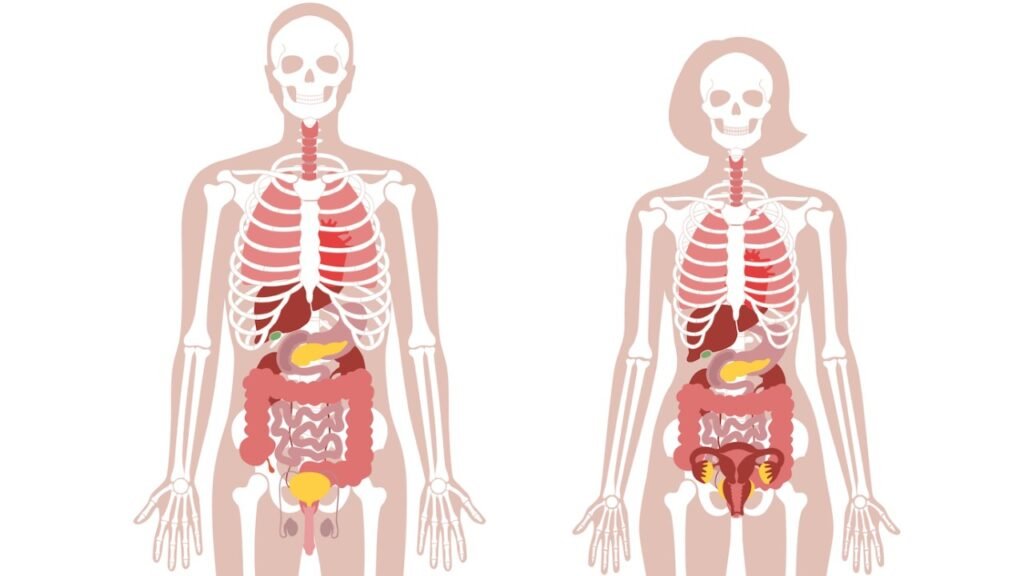
74. What is the purpose of the bronchioles in the respiratory system?
The bronchioles are small branches of the bronchial tubes that further divide and deliver air to the alveoli, which are tiny air sacs in the lungs. They play a crucial role in conducting air and facilitating gas exchange.
75. Which bone is commonly known as the funny bone?
The bone commonly known as the funny bone is not actually a bone but a nerve called the ulnar nerve. It runs along the inner side of the elbow and can cause a tingling or funny sensation when accidentally hit.
76. What is the function of the adrenal cortex?
The adrenal cortex, which is the outer layer of the adrenal glands, produces hormones called corticosteroids. These hormones are involved in regulating various bodily functions, including metabolism, immune response, and stress response.
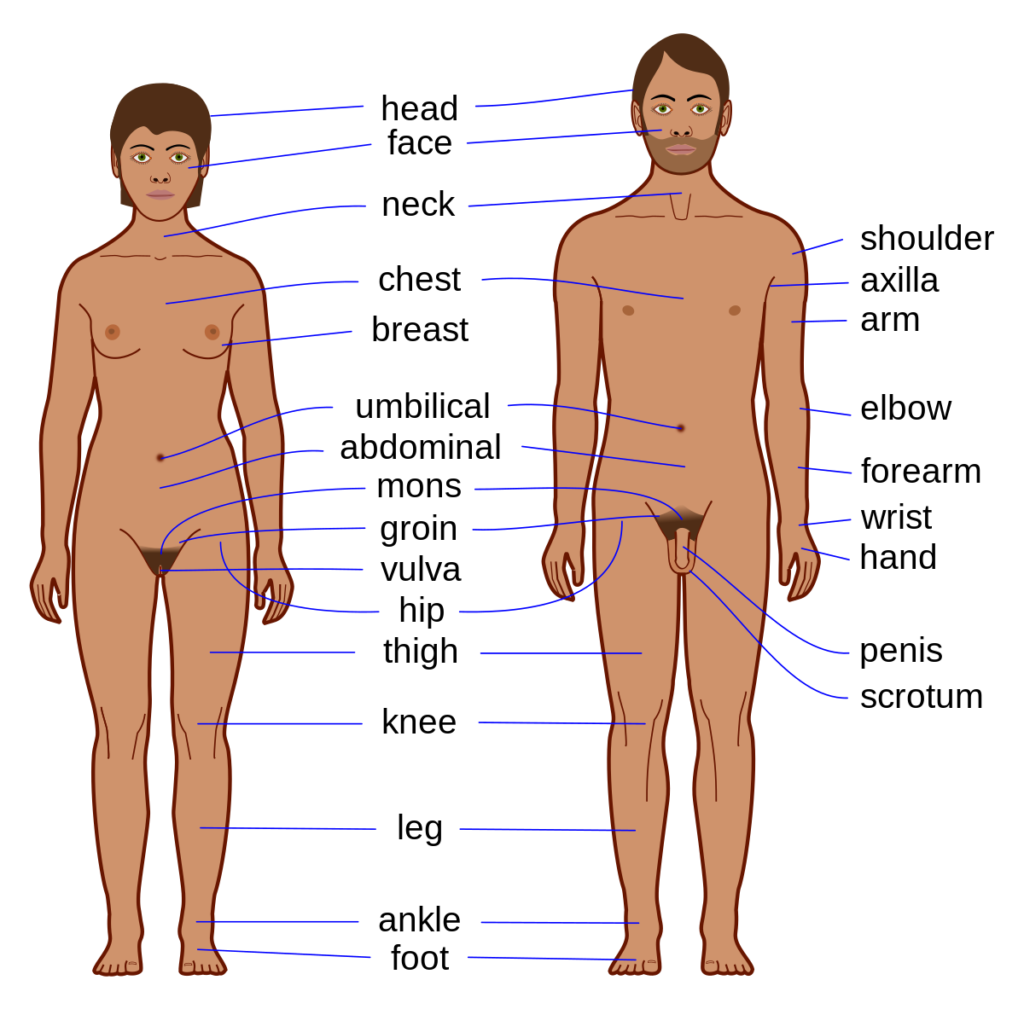
77. Where are the ovaries located in the female reproductive system?
The ovaries are a pair of almond-shaped organs located in the lower abdomen on either side of the uterus. They produce eggs and female sex hormones, such as estrogen and progesterone.
78. What is the purpose of the vas deferens in the male reproductive system?
The vas deferens is a duct that carries sperm from the testes to the urethra. It plays a crucial role in transporting sperm for ejaculation during sexual intercourse.
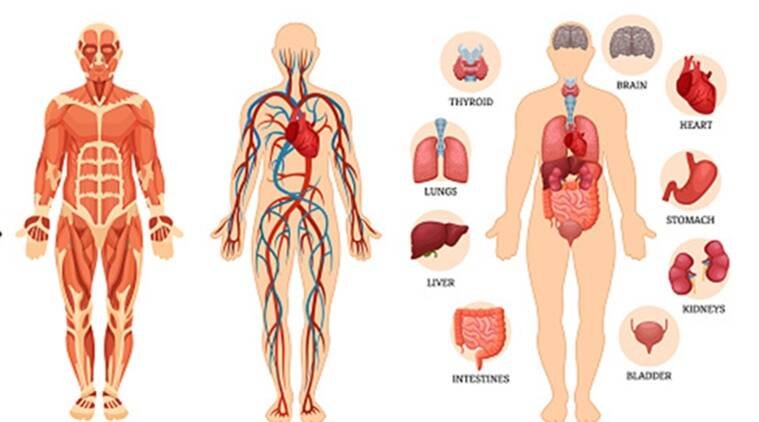
79. Which organ is responsible for producing and releasing eggs in females?
The ovaries are responsible for producing and releasing eggs, or ova, in females. This process is known as ovulation and typically occurs on a monthly basis during the reproductive years.
80. What is the function of the corpus callosum in the brain?
The corpus callosum is a thick band of nerve fibers that connects the two cerebral hemispheres of the brain. It allows for communication and coordination between the left and right sides of the brain, enabling various cognitive and motor functions.
81. Where are the testes located in the male reproductive system?
The testes, also known as testicles, are located in the scrotum, a sac-like structure outside the body. They are responsible for producing sperm and male sex hormones, such as testosterone.
82. What is the purpose of the fallopian tubes in the female reproductive system?
The fallopian tubes, also known as uterine tubes, are a pair of tubes that extend from the ovaries to the uterus. They provide a pathway for the eggs to travel from the ovaries to the uterus and are the site of fertilization by sperm.

83. Which bone forms the forehead?
The bone that forms the forehead is called the frontal bone. It is a flat bone located at the front of the skull, forming the upper part of the eye sockets and the front part of the cranial vault.
84. What is the function of the adrenal medulla?
The adrenal medulla, which is the inner portion of the adrenal glands, secretes hormones called catecholamines, including adrenaline (epinephrine) and noradrenaline (norepinephrine). These hormones are involved in the body’s stress response and play a role in regulating blood pressure, heart rate, and metabolism.

85. Where is the uterus located in the female reproductive system?
The uterus, also known as the womb, is a hollow, muscular organ located in the pelvis between the bladder and rectum. It is the site where a fertilized egg implants and develops into a fetus during pregnancy.
86. What is the purpose of the cervix in the female reproductive system?
The cervix is the lower narrow portion of the uterus that connects to the vagina. It acts as a barrier and provides structural support to the uterus. During childbirth, the cervix dilates to allow the passage of the baby through the birth canal.
87. Which organ is responsible for producing and releasing sperm in males?
The testes, located in the scrotum, are responsible for producing and releasing sperm in males through a process called spermatogenesis. Sperm are the male reproductive cells necessary for fertilization.
88. What is the function of the pons in the brain?
The pons is a structure located in the brainstem, specifically between the midbrain and the medulla oblongata. It plays a vital role in relaying signals between different parts of the brain and coordinating functions such as sleep, respiration, and facial expressions.

89. Where is the prostate gland located in the male reproductive system?
The prostate gland is a small, walnut-sized gland located below the urinary bladder and in front of the rectum. It surrounds the urethra and produces a fluid that mixes with sperm to form semen during ejaculation.
90. What is the purpose of the mammary glands in the female reproductive system?
The mammary glands are specialized sweat glands located in the breasts of females. They produce and secrete milk, providing nourishment to infants after childbirth.
91. Which bone forms the bridge of the nose?
The bone that forms the bridge of the nose is called the nasal bone. It is a pair of small rectangular bones located at the upper part of the nose, between the eye sockets.
92. What is the function of the corpus luteum in the female reproductive system?
The corpus luteum is a temporary structure that forms in the ovary after ovulation. It produces progesterone, a hormone essential for preparing the uterus for pregnancy and maintaining the early stages of pregnancy.

93. Where is the hypothalamus located in the brain?
The hypothalamus is located at the base of the brain, below the thalamus. It is part of the limbic system and plays a crucial role in regulating various bodily functions, including temperature, hunger, thirst, and hormone production.
94. What is the purpose of the semicircular canals in the ear?
The semicircular canals are part of the inner ear and play a significant role in the body’s sense of balance and spatial orientation. They detect rotational movements of the head and provide information to the brain about changes in head position.
95. Which organ is responsible for filtering waste products from the blood?
The kidneys are responsible for filtering waste products, excess water, and electrolytes from the blood. They play a crucial role in maintaining fluid balance, regulating blood pressure, and producing urine.

96. What is the function of the eustachian tube in the ear?
The eustachian tube, also known as the auditory tube, connects the middle ear to the back of the throat. Its main function is to equalize air pressure on both sides of the eardrum, helping to maintain proper hearing and preventing discomfort during changes in altitude or pressure.
97. Where is the adrenal gland located in the body?
The adrenal glands are located on top of each kidney. They consist of an outer layer called the adrenal cortex and an inner portion called the adrenal medulla, each responsible for producing different hormones.
98. What is the purpose of the vestibular system in the inner ear?
The vestibular system, located in the inner ear, is responsible for detecting changes in head position and movement. It helps maintain balance, posture, and coordination by providing feedback to the brain about the body’s orientation in space.
99. Which bone forms the upper jaw?
The bone that forms the upper jaw is called the maxilla. It is a paired bone that makes up the central portion of the facial skeleton and houses the upper teeth.
100. What is the function of the optic nerve?
The optic nerve is responsible for transmitting visual information from the retina of the eye to the brain, allowing us to perceive and interpret visual stimuli. It carries the electrical signals generated by light-sensitive cells in the retina to the visual centers of the brain for processing.
Conclusions:
Unveiling the Wonders of the Human Body: 100 Crucial Questions Answered
The human body is a remarkable and intricate system that functions harmoniously to sustain life. In this article, we have delved into the depths of our physiological makeup to provide answers to 100 crucial questions about the human body. From the largest organ to the smallest bone, from the intricate functions of the brain to the complexities of the reproductive system, we have explored the wonders that lie within us.
One of the key takeaways from this exploration is the sheer complexity and interconnectedness of our bodily systems. We have discovered that the skin, the largest organ, serves as a protective barrier and regulates body temperature. We have learned that the skull, specifically the cranium, shields and safeguards the brain, the command center of our entire being.
The heart, with its four chambers, pumps life-sustaining blood throughout the body, while the diaphragm aids in the process of respiration. The kidneys filter waste products, and the liver stores bile. The pancreas produces insulin, while the thyroid gland regulates metabolism. The lymphatic system defends against infections, and the gallbladder stores bile for digestion.
From head to toe, we have explored the skeletal system, uncovering bones such as the femur, collarbone, shinbone, and kneecap. We have learned about the role of platelets in blood clotting and the functions of red and white blood cells in the circulatory and immune systems, respectively.
Furthermore, we have ventured into the realm of the endocrine system, discovering glands such as the pituitary gland, adrenal glands, and thyroid gland, which produce essential hormones for bodily functions. We have explored the digestive system, identifying organs like the small intestine, large intestine, stomach, and pancreas, each with its unique role in nutrient absorption and waste elimination.
In the realm of reproduction, we have unveiled the organs responsible for the continuation of life, such as the ovaries in females and the testes in males. We have discussed the purpose of the uterus, cervix, prostate gland, and mammary glands, all intricately involved in the processes of fertilization, pregnancy, and breastfeeding.
The brain, with its various structures like the cerebellum, hypothalamus, and hippocampus, governs our thoughts, emotions, and bodily functions. The respiratory system, with the trachea, bronchi, and bronchioles, enables the exchange of oxygen and carbon dioxide.
Throughout this journey, we have marveled at the complexity and interplay of these bodily systems. It is a testament to the wonders of nature and the intricate design of the human body.
By understanding the answers to these crucial questions, we gain a deeper appreciation for the complexity and beauty of our own physical existence. It serves as a reminder of the importance of taking care of our bodies, nurturing them with proper nutrition, exercise, and self-care.
As we conclude this exploration of the human body, let us remember to marvel at the wonders within us, to treat our bodies with respect and kindness, and to continue the pursuit of knowledge and understanding of this magnificent vessel that carries us through life.
As we conclude our journey through these 100 crucial questions about the human body, we hope that you have gained a deeper understanding and appreciation for the complexity and marvels of our physiological systems. From the largest organ to the smallest bone, each component plays a vital role in our overall health and well-being. Our bodies are truly remarkable, and the more we learn about them, the more we can take care of and nurture the incredible vessel that carries us through life. So, keep exploring, keep questioning, and keep marveling at the wonders of the human body!
Read More:
- https://www.healthline.com/human-body-maps
- https://en.wikipedia.org/wiki/Human_body
- Unveiling the Wonders of the Human Body: 100 Crucial Questions Answered (Part 1)
- Understanding the Human Body: 20 Essential Questions Answered
- Comprehensive Guide: The Role of Nurses in Various Healthcare Scenarios (Part 5)
- Comprehensive Nursing Care: Addressing Diverse Patient Needs (Part 4)
- A Comprehensive Guide to Nursing Care: From Patient Documentation to Ethical Responsibilities- 20 Questions & Answers (Part 3)



